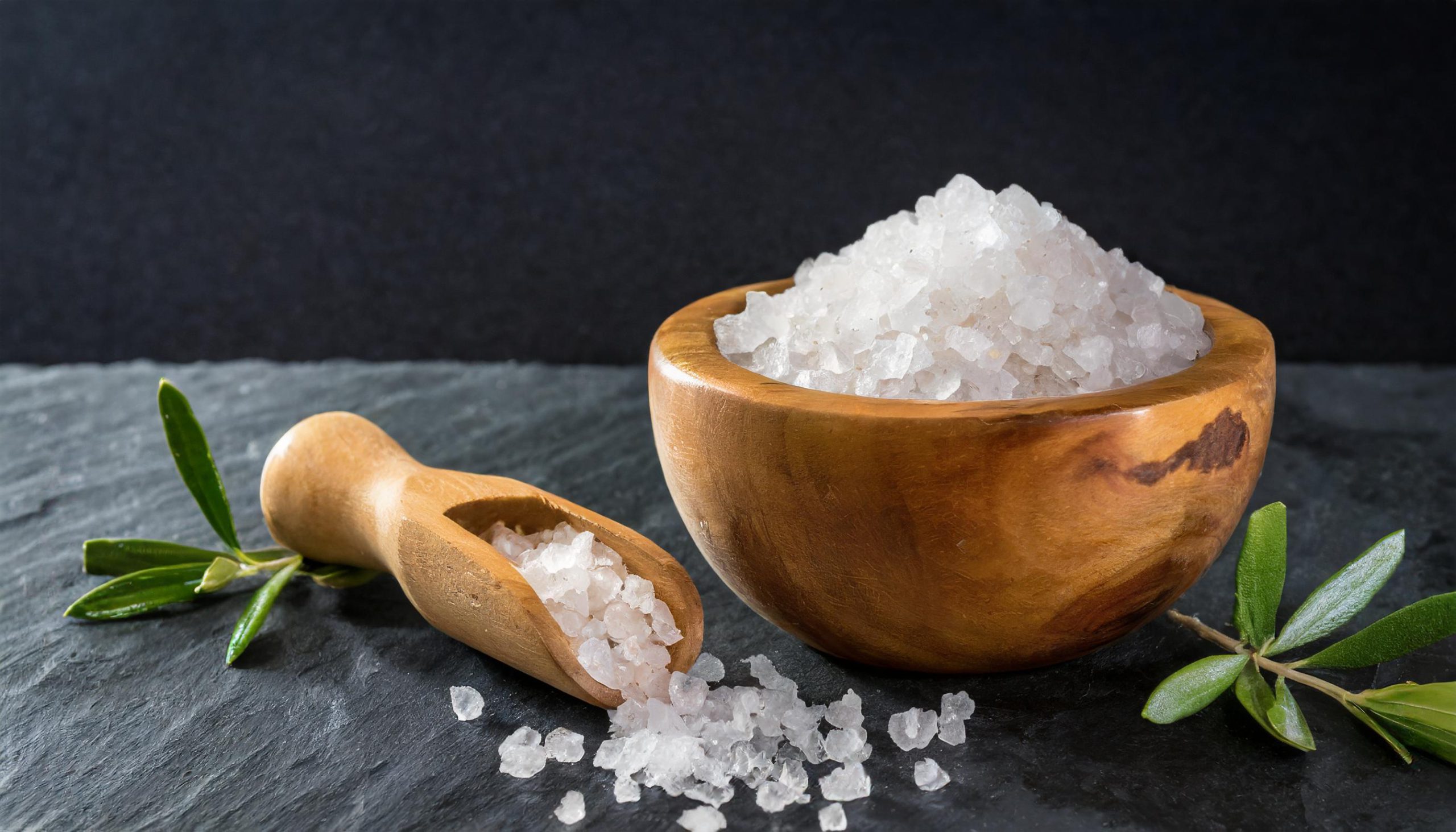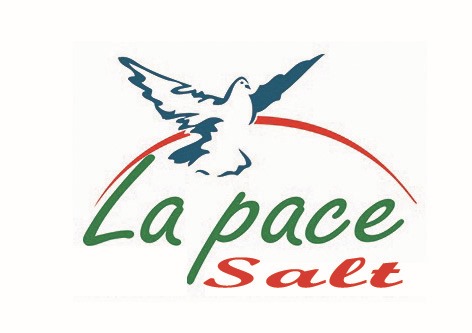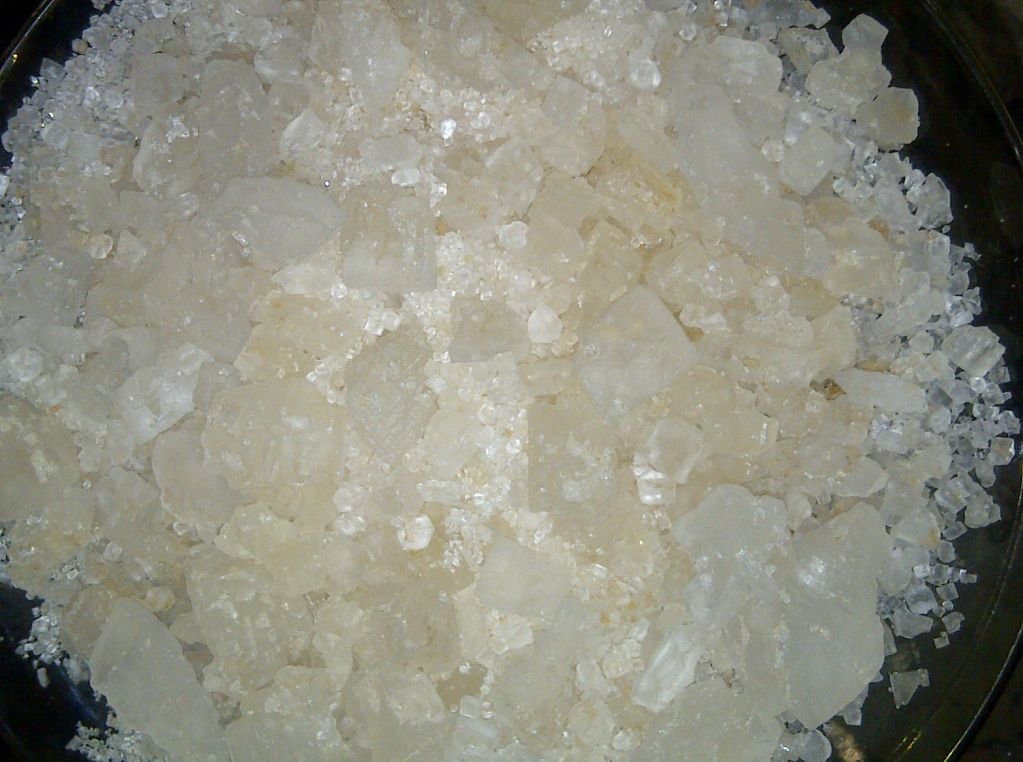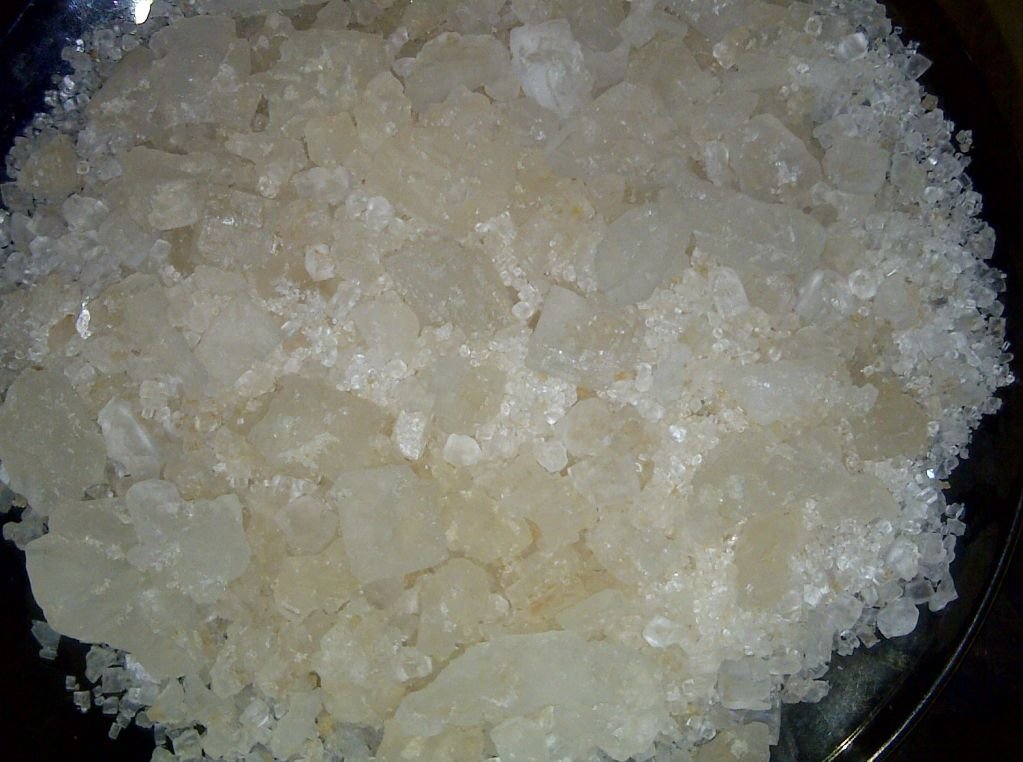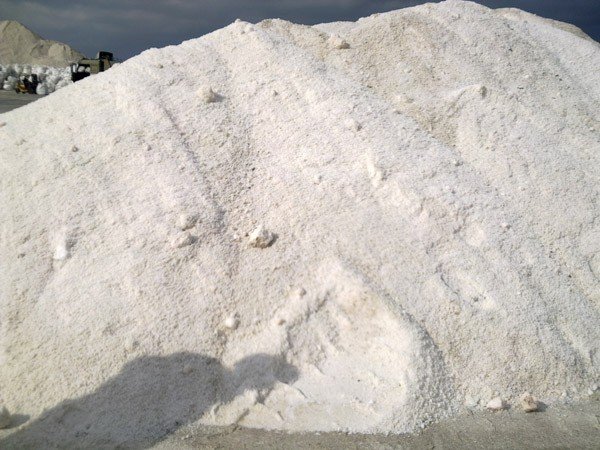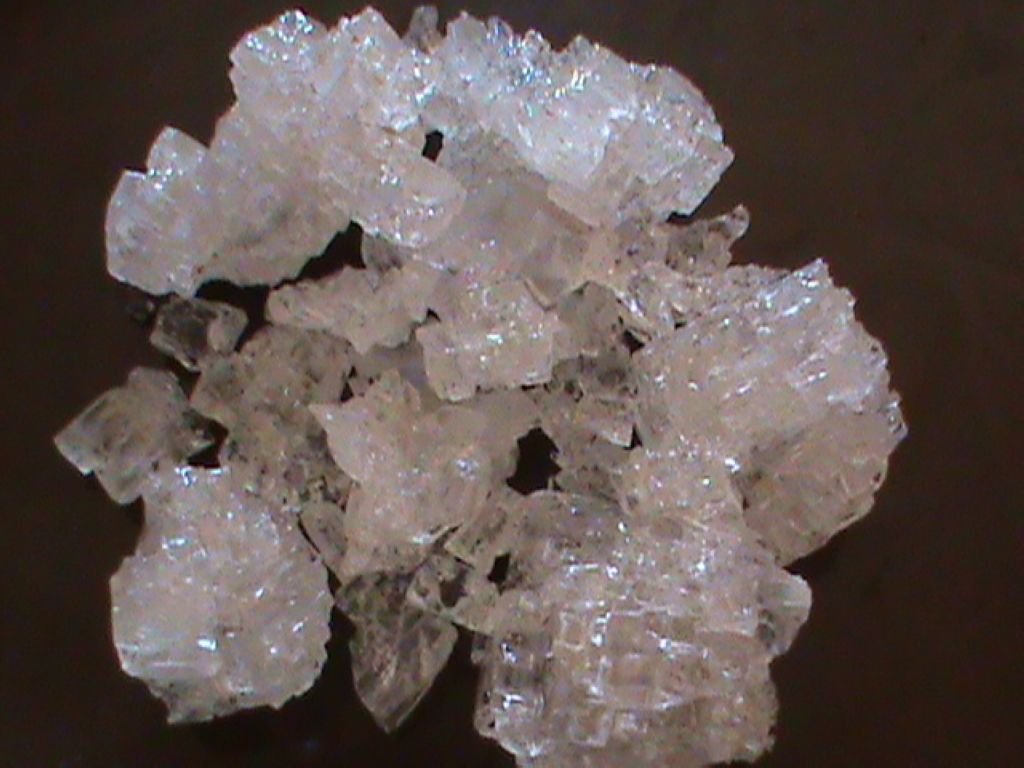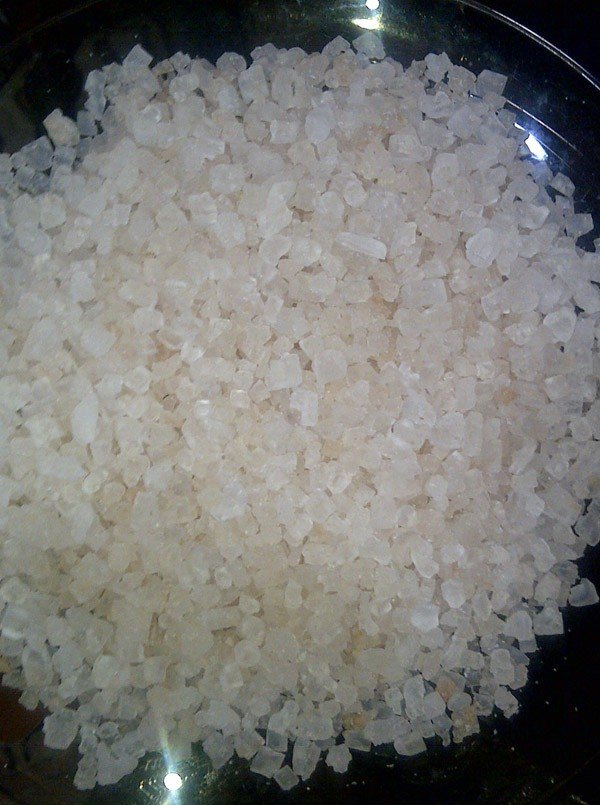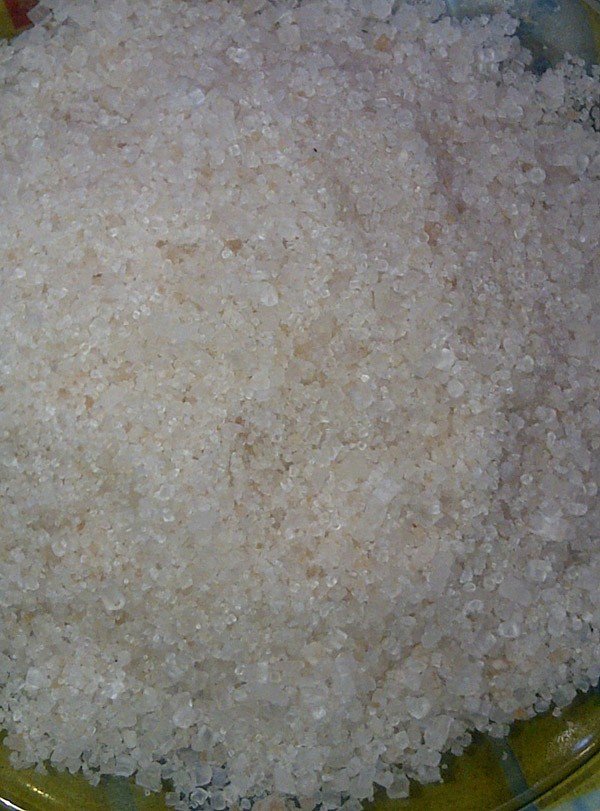Rock Salt
Salt today is readily mined in Canada and in many other parts of the world. There are two processes in which salt can be mined; underground and solution (Table 1). Underground mines vary in depth to about 100 meters to over a mile. Within the mines are tunnels which have been formed by extracting salt. These tunnels are the roads on which mining vehicles travel and the pathways on which people get to and from areas in the mine.
Underground mining can be done one of two ways; cut and blast mining or continuous mining. Cut and blast mining involves the use of an undercutter which is a machine used to cut a slot out at the base of a rock face. After the slot has been cut, the surface is drilled using an electro-hydraulic drill which creates holes in the surface. Explosives are then placed in the holes and the face is blasted, creating about 1400 tons of broken rock salt. This broken rock salt is then filtered through a feeder breaker which crushes it into smaller pieces about the size of a football and then it runs down a conveyor belt into the main crusher and through a sieve which ensures it is the proper size for use as road salt.
Continuous mining is done using a drilling machine similar to the ones used at road construction sites. Continuous mining is tedious compared to cut and blast mining. The lumps of salt produced by the drilling machine are directly taken to a crushing and screening plant without the use of the feeder breaker. In both continuous mining and cut and blast, to prevent the salt from coagulating they are treated with an anti-caking agent. This process ensures that it can be kept in storage depots, ready for use as soon as it’s needed.
